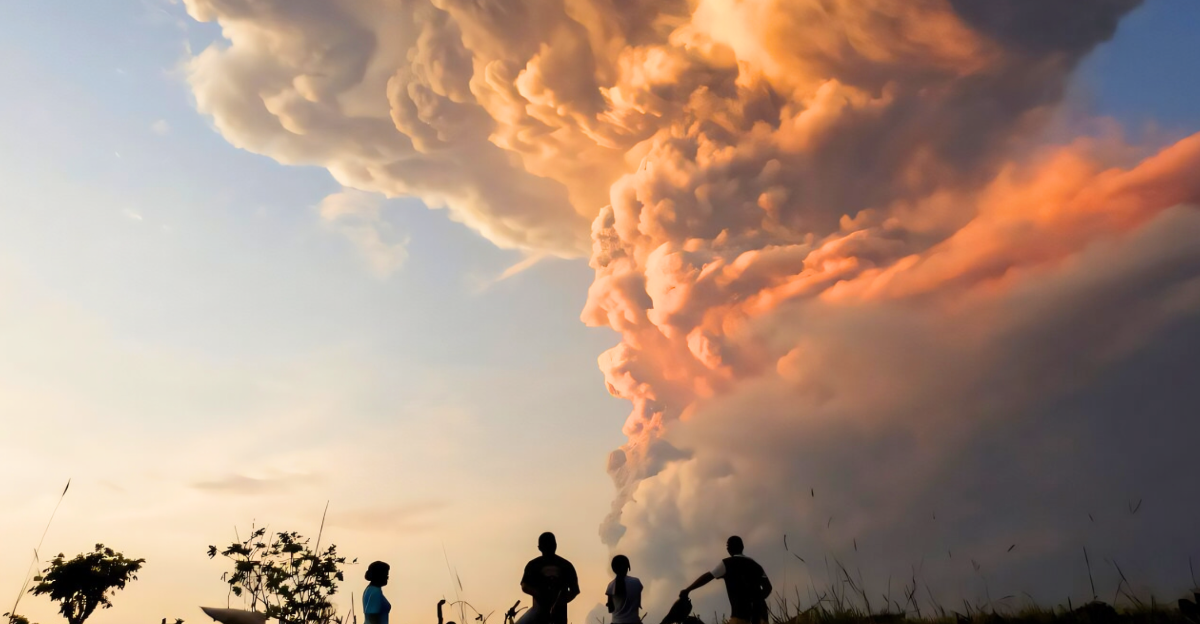
Volcanoes are Mother Nature’s ultimate flex of both power and beauty in the natural world. They can have a dramatic effect on the environment around them, both on local wildlife and human settlements.
Mount Lewotobi Laki-Laki is one of the most recent examples of a volcano showing us just how incredibly impactful it can be when it erupted in Indonesia on June 17, 2025, releasing an unprecedented amount of ash that darkened the sky.
An Unexpected Explosion
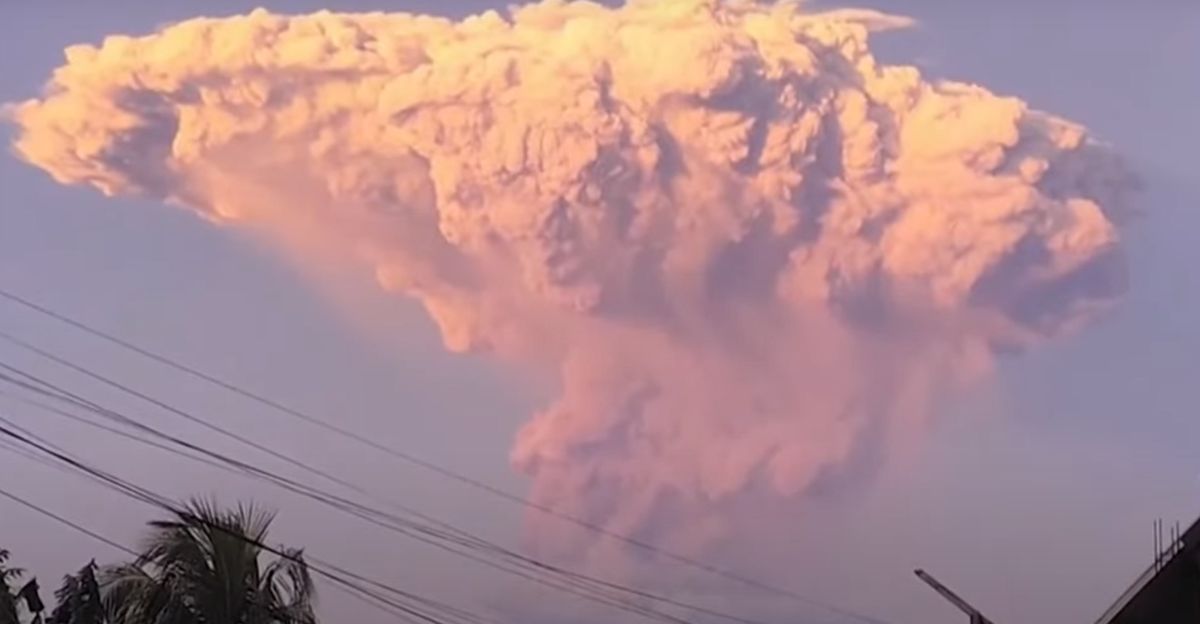
To many onlookers doing their day-to-day lives, the eruption came abruptly and looked like something of an atomic bomb going off.
The plume of smoke that was released into the atmosphere was nearly seven miles high and could be seen by people nearly a hundred miles away. Alert levels went up dramatically as the chaos unfolded.
The Ash Fallout
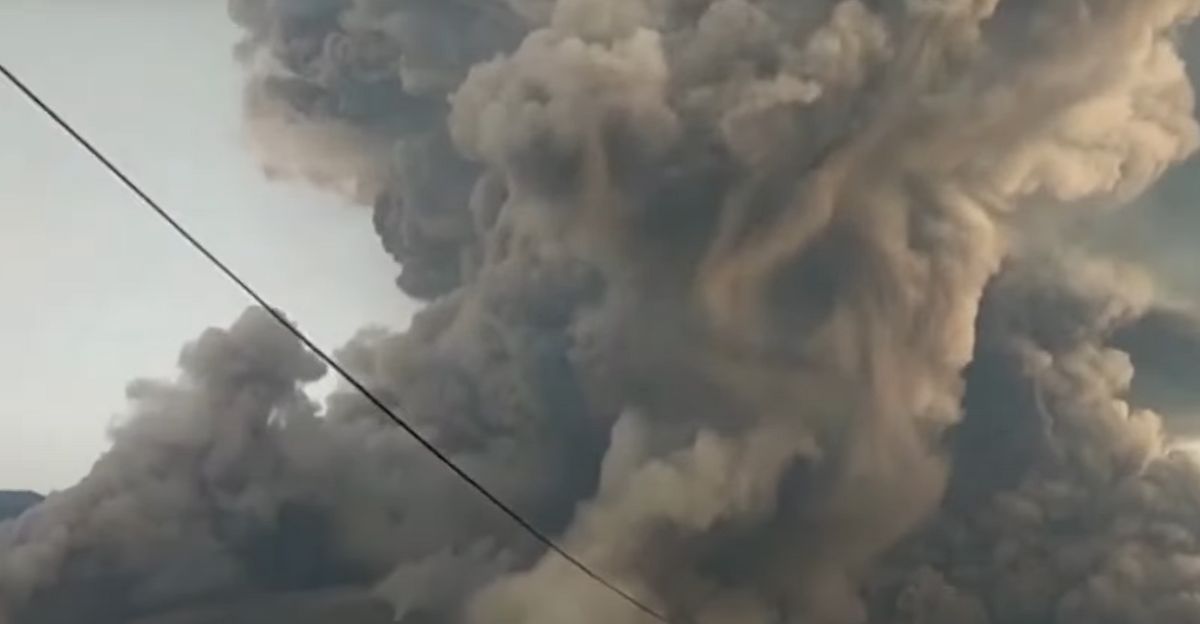
The eruption itself was violent, but the subsequent ash fallout had a dramatic effect on the surrounding area. The ash plume was more than 35,000 feet high, and it suffocated the clear sky behind it.
Like in many other volcanic eruptions near cities, air space was shut down, and flights had to be canceled as aviation is nearly impossible, with ash debris covering the sky.
Risks On Local Communities

The ash cloud is not only dangerous to air travel, but can have a negative impact on the health of local life, including people. Water supplies used for drinking by both wildlife and cities get tainted.
People in nearby settlements risk breathing in the pollutants, having a profound impact on respiratory health, especially in those with underlying conditions.
Like A Nuclear Bomb
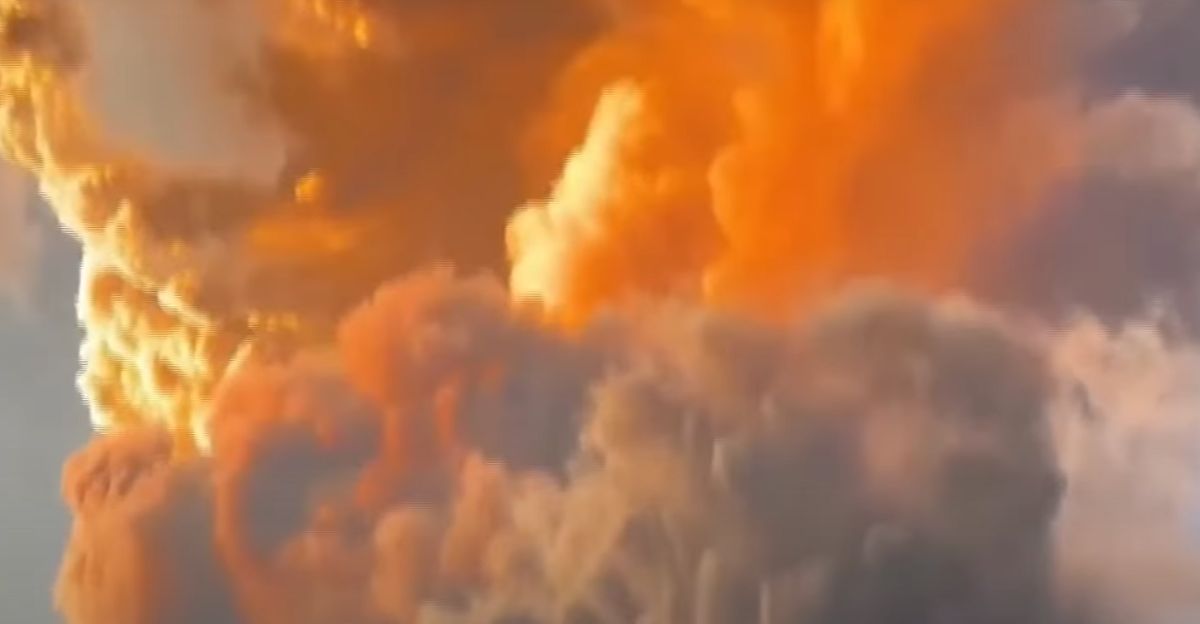
Mount Lewotobi Laki-Laki going off has drawn many to compare it to something akin to a nuclear explosion in the sky, mostly due to the mushroom ash cloud that filled the sky.
In pop culture, a mushroom-shaped cloud means a thermonuclear bomb has gone off. Luckily, this wasn’t the case, and it was due to the sudden and powerful explosion from the volcano, releasing an immense amount of heat and energy.
How An Eruption Works
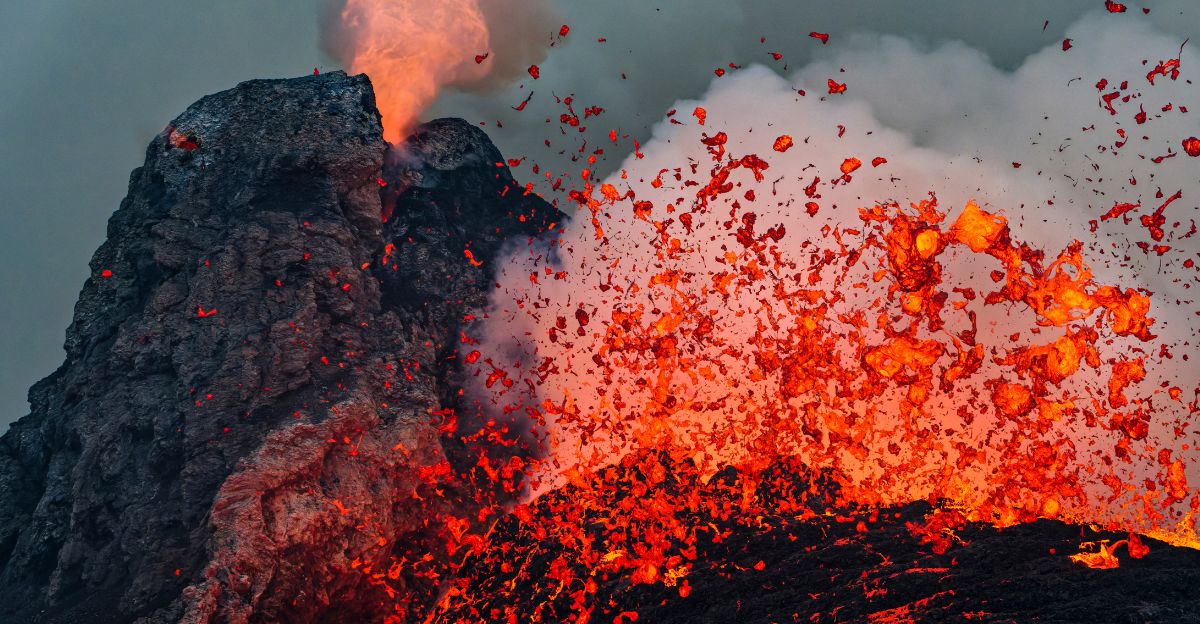
An eruption occurs when magma forms after intense heat causes rocks in the mantle to melt, which rises towards the surface.
The pressure from both the magma and expanding gases inside the magma chamber causes an eruption through vents or fissures and eventually to the surface, resulting in a massive explosion that varies from volcano to volcano.
An Explanation Behind The Mushroom Shape
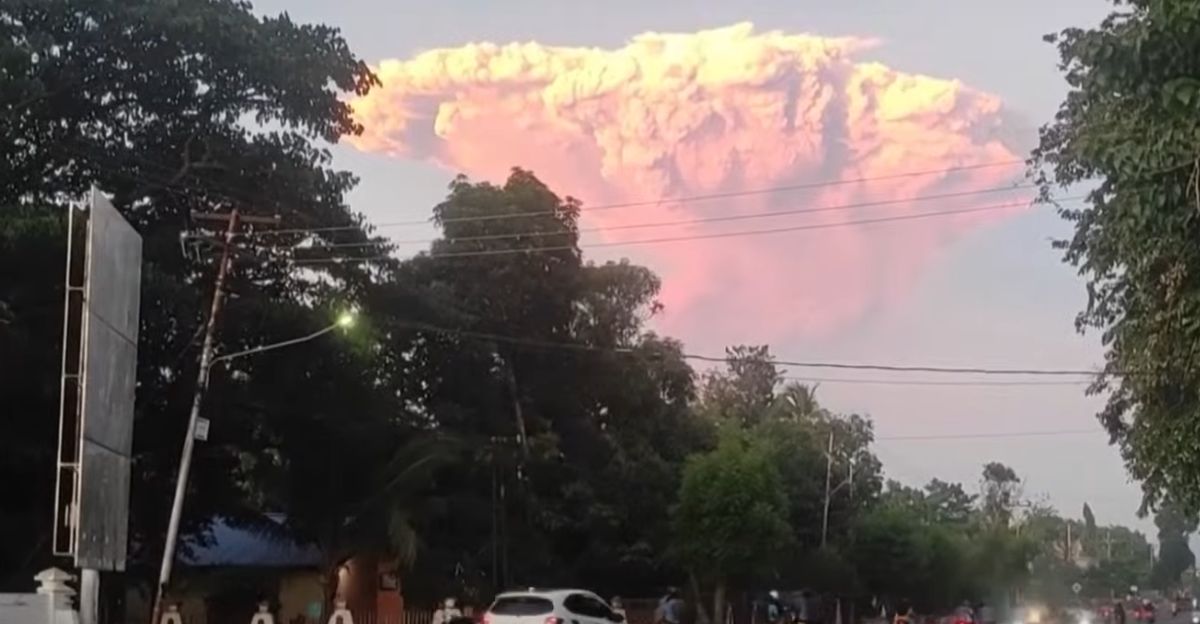
The hot gases from the volcano rise quickly from the volcano, causes a vortex like effect that pulls in the smoke and debris from the eruption. This rises into the sky and can create the signature mushroom shape that many see as a nuclear bomb, which creates its cloud in a similar fashion.
Surprisingly, Mother Nature has proven to be even more powerful than nuclear bombs and can create explosions that dwarf their energy.
Not The First Eruption

Once the volcano violently erupted, authorities scrambled to quell any ensuing chaos and bring order to the situation. Alert levels were pushed high and a 5 mile radius around the volcano was restricted to mitigate any casualties.
The last eruption was in November of last year, and the resulting explosion had casualties. Thankfully, authorities were more prepared this time, and no incidents related to the volcano have been reported.
Evacuations
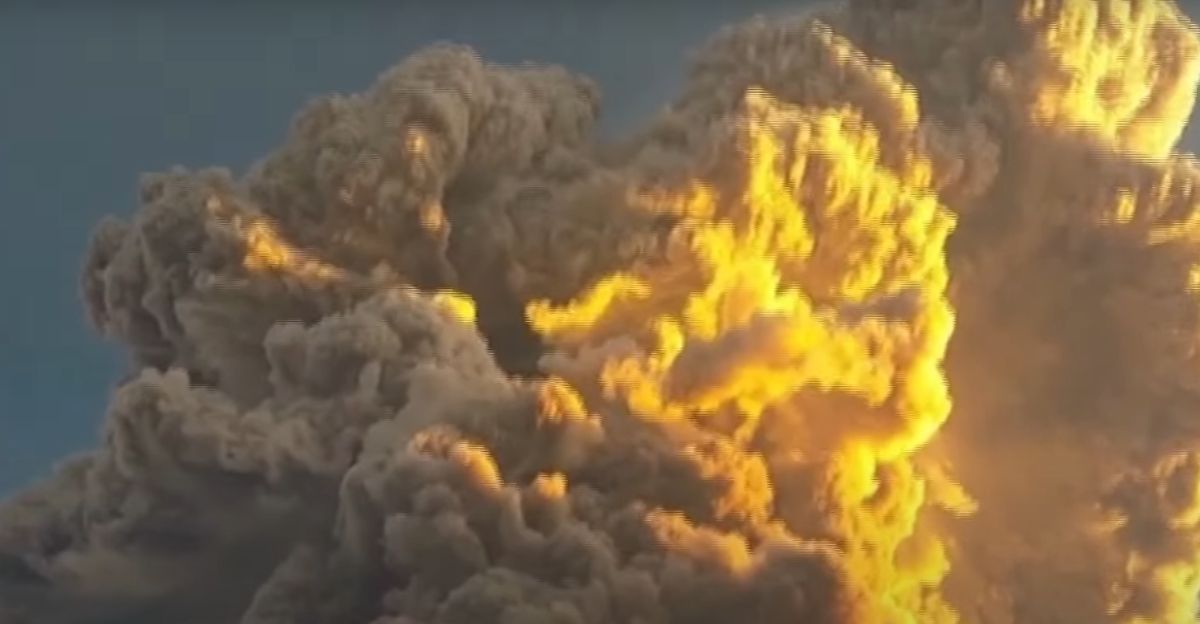
Some settlements are in the shadow of the volcano, and the eruption caused one reported village to be evacuated immediately. Ashfall has been reported in several communities, and the wind has carried it outside of a five-mile radius.
In the aftermath of the volcano eruption, residents are urged to avoid breathing in as much of the contaminated air as possible and should wear face masks when necessary, especially those that are vulnerable, such as children, the elderly, and those that already have respiratory illnesses.
An Area Full Of Volcanoes
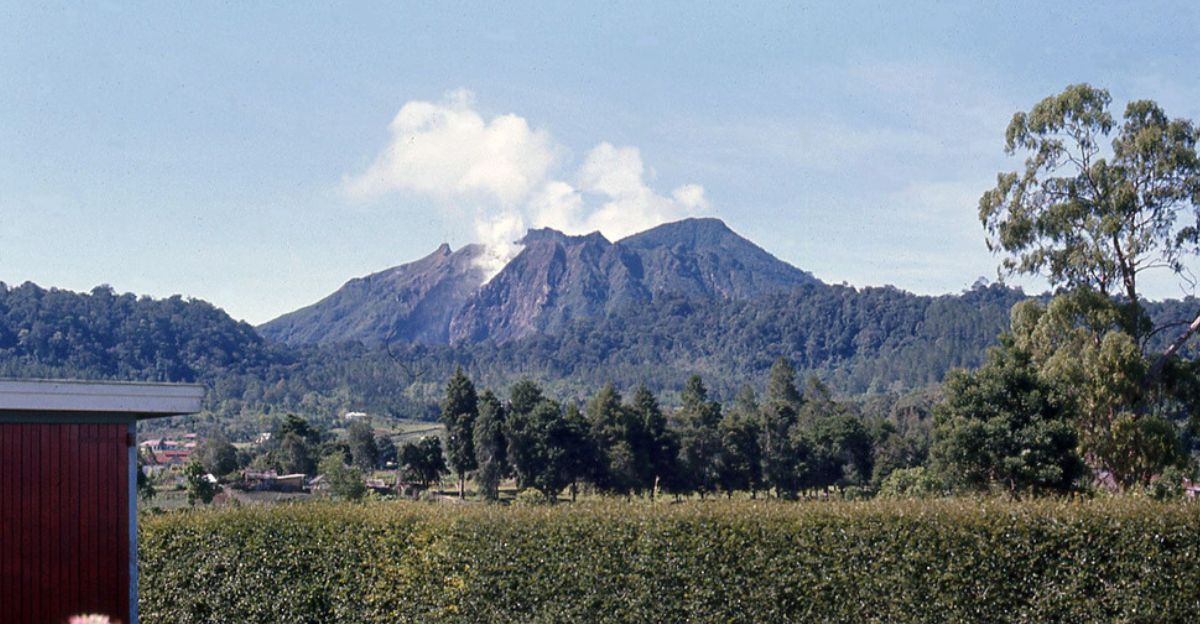
Spanning around 25,000 miles is what’s known as the Pacific Ring of Fire. The circular zone is found in the Pacific Ocean and is home to over 400 different volcanoes, making this a hotspot for volcanic and seismic activity due to shifting tectonics.
This area is responsible for almost two-thirds of active and dormant volcanoes on the planet.
The Reason Behind The Activity
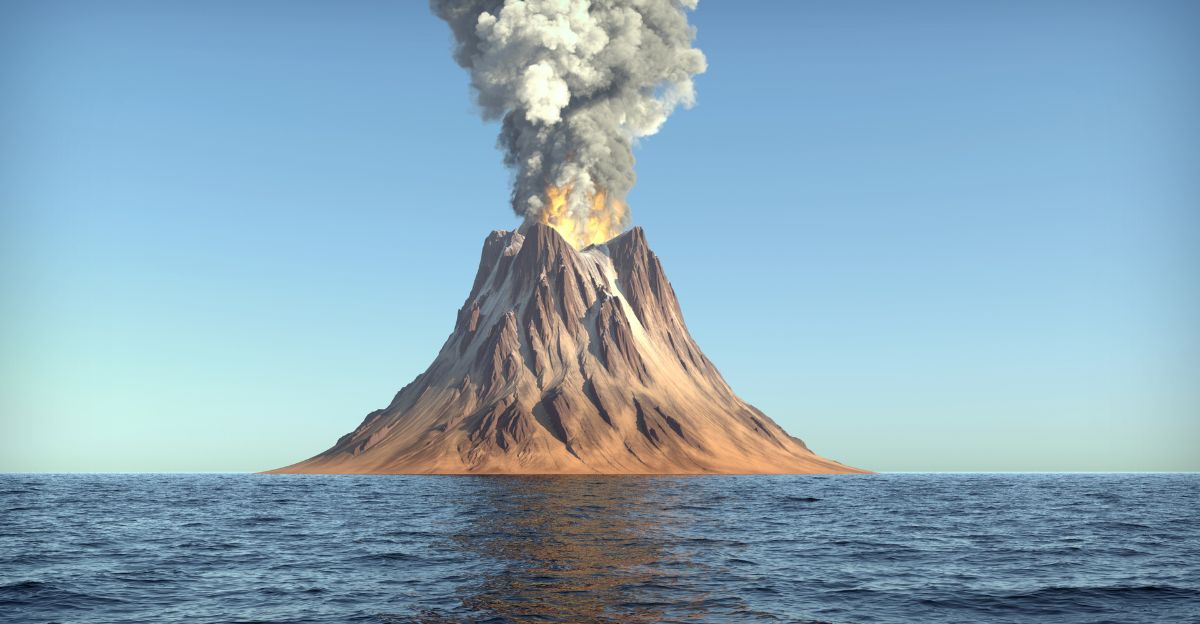
The formation of so many volcanoes in this area is due to the Earth’s unique composition, where tectonic plates move frequently and collide without anyone on land even noticing.
This results in many different volcanoes that have been there for millions of years, both active and dormant. In just one year, more than 10% of these volcanoes are reported, showing that the Pacific Ring of Fire is a true showcase of nature’s majesty, and ferocity.
Impacts On Aviation
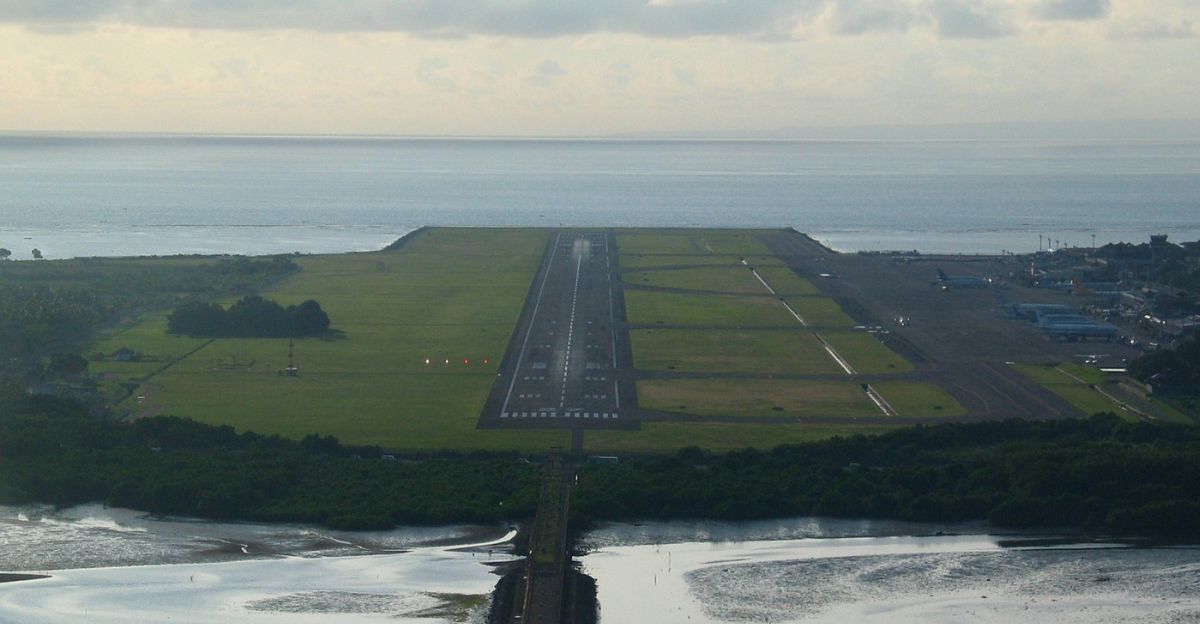
Many different commercial airliners were impeded by the dramatic display that the volcano showcased. This includes flights offered by Virgin Australia, Air India, Air New Zealand, Jetstar, TigerAir, and Juneyao Airlines.
The ash in the atmosphere disrupted flights not only across Indonesia but also had an impact on surrounding areas, including Bali’s popular tourist sites.
Airports Closed
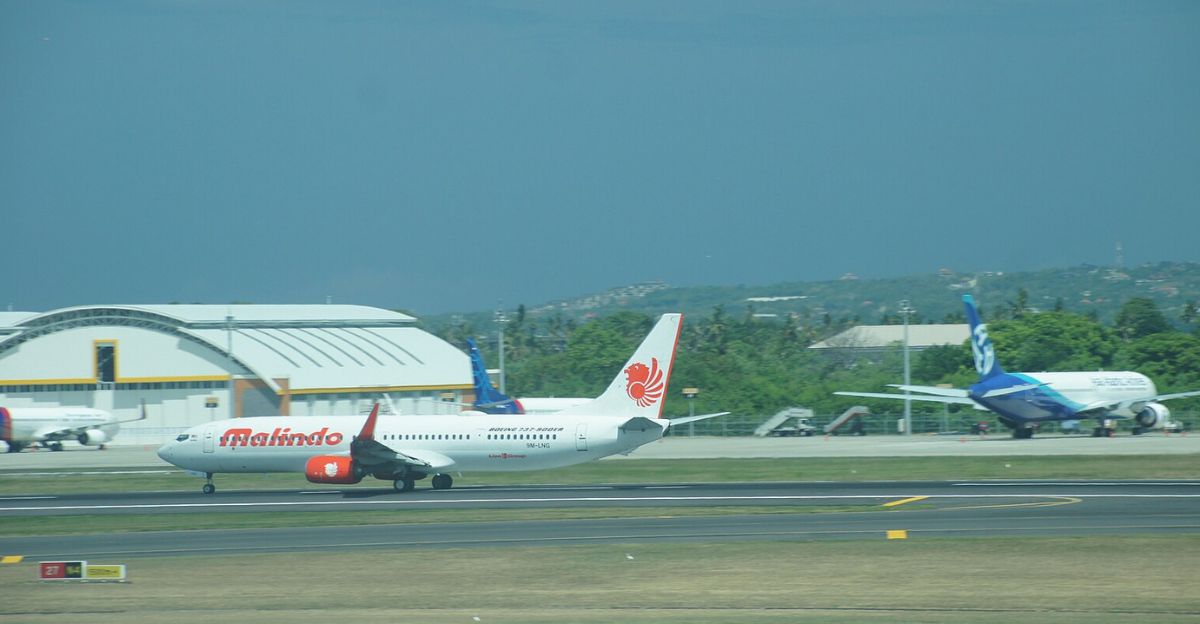
While volcanoes often disrupt air travel, it’s rare that entire airports are shut down, but in the shadow of the most recent eruption, that’s exactly what happened to Maumere’s airport in the East Nusa Tenggara province.
The Ngurah Rai International Airport in Bali, thankfully, wasn’t shut down entirely, but there were delays and cancellations on certain flights, to the dismay of many tourists. This isn’t the first time the aviation industry will face the consequences of Mother Nature, and it won’t be the last.
Affects Across The Globe
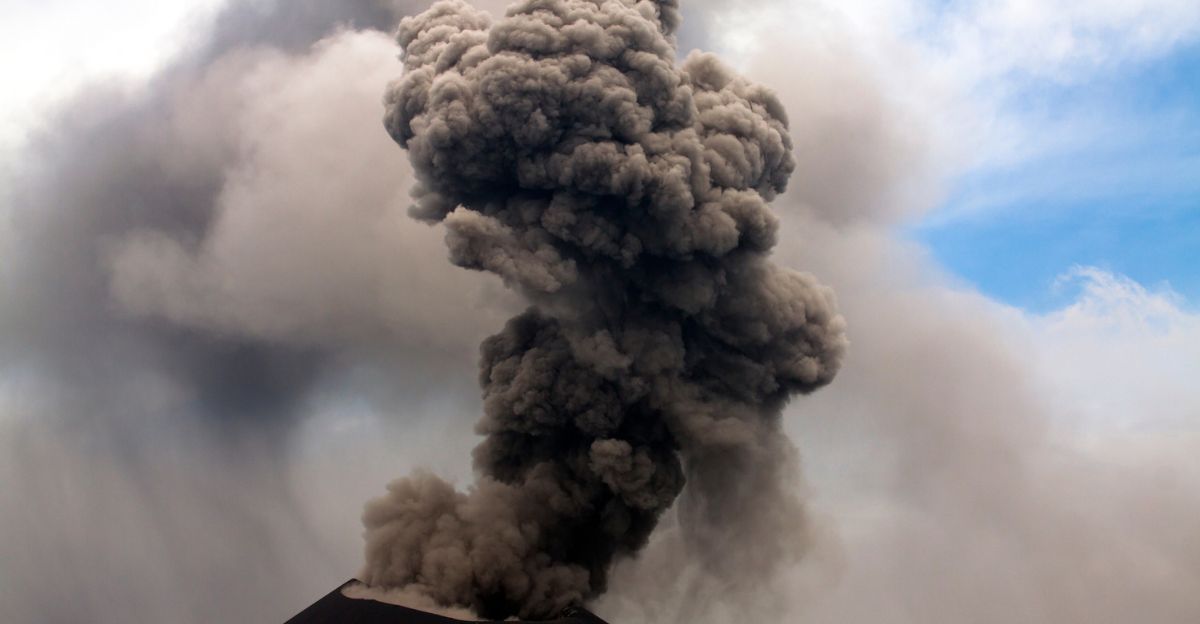
Volcanoes not only affect local ecosystems and human communities but can also have repercussions on a global scale. After an eruption, sulfur dioxide and volcanic ash pour out of the volcano, rise up into the atmosphere, and move thousands of miles depending on the wind. Other than the grand spectacle it has, both climate factors and the chemistry of the air have changed.
With such a large quantity of ash blanketing the atmosphere for potentially months after an eruption, enough sunlight can be reflected to cause minor and short-term global cooling.
Acting As Earth’s Sunscreen
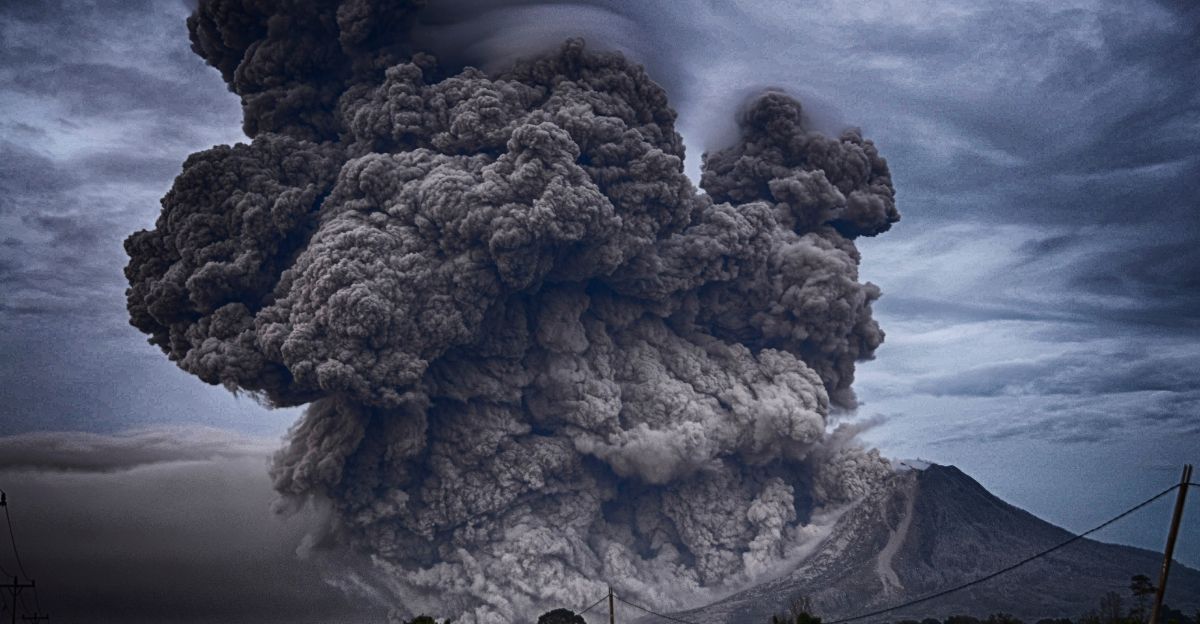
While the ash blocks out the sun, the sulfur dioxide has its own part to play in global cooling, and over time transforms into sulfate aerosols. These aerosols, when acting with the ash in the atmosphere, work as a kind of “sunscreen” for Earth, increasing the cooling effect.
After studying volcanic eruptions for decades, scientists have highlighted their ability to cause unforeseen climate abnormalities that can even impact the ozone layer.
Impacts On The Environment
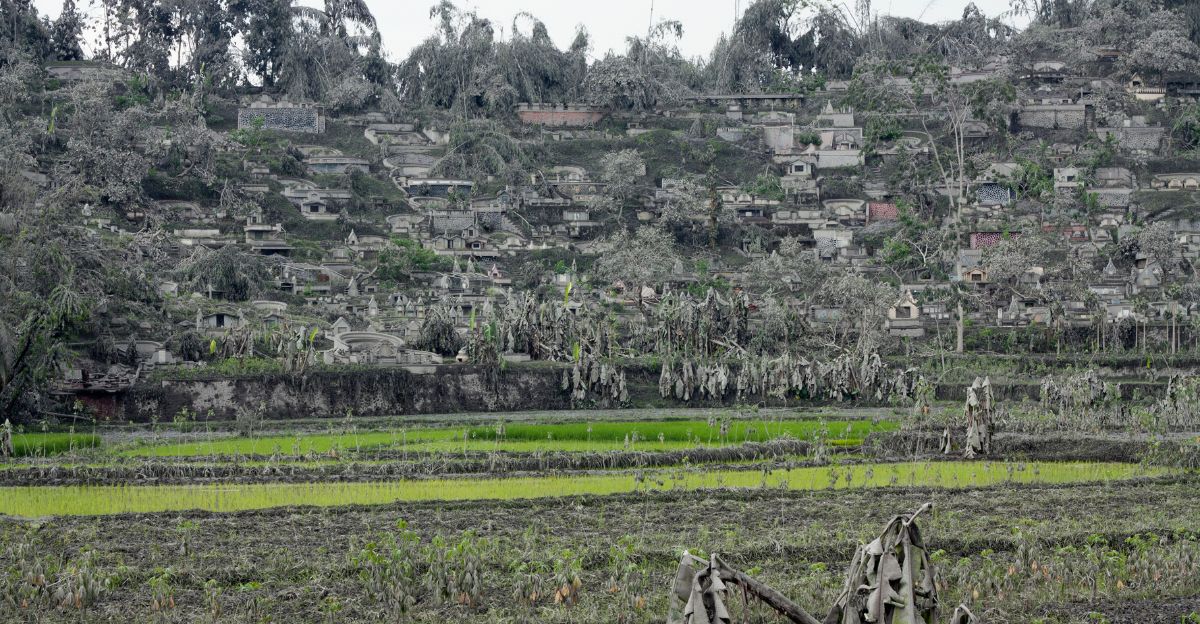
The environment can undergo drastic changes for long periods of time, all which depend on how powerful the eruption is and how much ash and magma there is. Important ecosystems that wildlife and plants live in can get smothered in ashfall, destroying habitats and polluting water sources.
Magma can roll over ecosystems that are in the immediate vicinity of an eruption, decimating anything in site before new ecosystems can form in the aftermath.
Effects On Agriculture
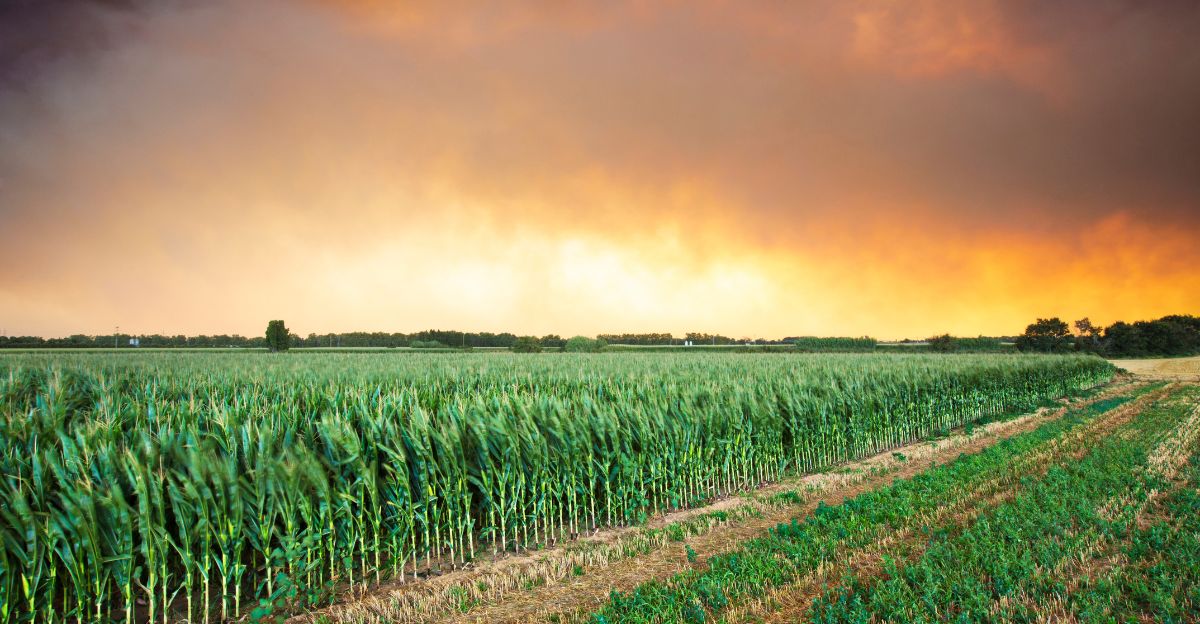
Volcanoes also have consequences on agriculture sectors, covering important crops in ash and blocking out the sun that many farmed food plants need for successful yields. This can result in food security implications, as dozens of farms can be affected, resulting in a mass shortage of food for consumers.
Ashfall and chemicals can go even further, slowly seeping into the soil. The initial impact is negative, but some of these chemicals can actually deposit important nutrients in the soil. Meaning long term impacts aren’t always negative.
Short-Term Health Risks

There’s a good reason that authorities urge communities in the vicinity of volcanic eruptions to avoid breathing in the polluted air. If exposed to enough of these chemicals, people and even pets can have all sorts of negative health impacts.
This includes immediate debris in the air irritating the nasal passageway, as well as the esophagus and eyes, which can cause coughing fits and impaired vision.
Long-Term Health Risks

Long-term health implications include asthma and an increased risk of bronchospasm and respiratory infections. Those that are part of the vulnerable population are especially at risk even if exposure is limited.
The best precautionary measure is to stay inside as much as possible and close windows and doors. Although ash can stay in the air for several weeks, it takes years for the finest of particles to disappear entirely.
The Future For Mount Lewotobi Laki-Laki
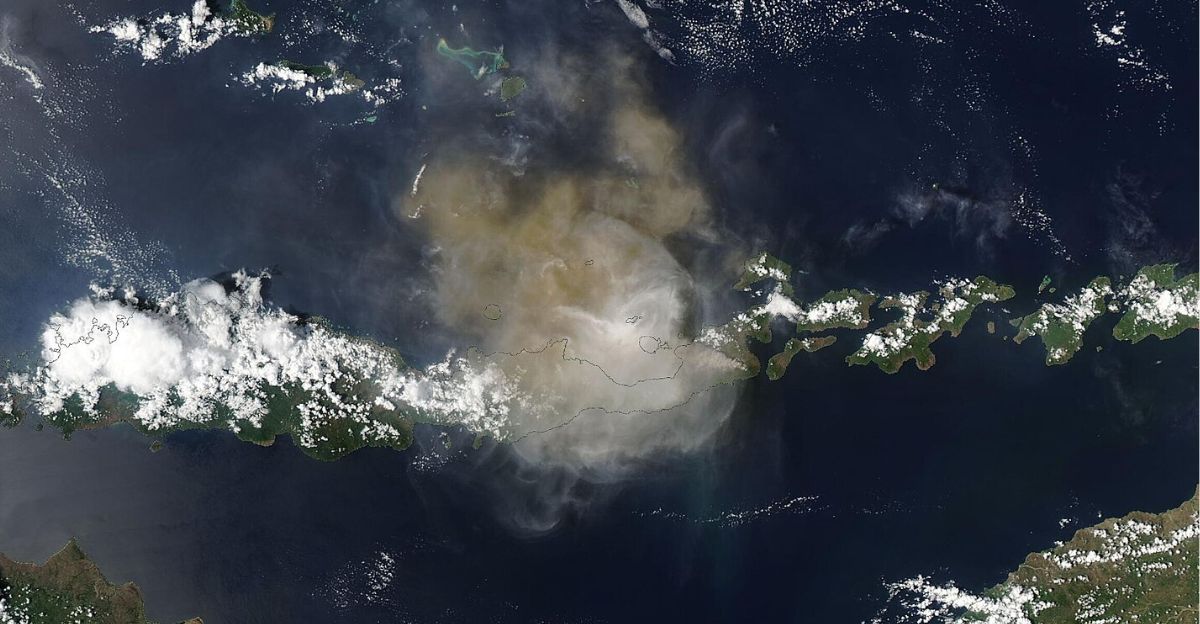
With Mount Lewotobi Laki-Laki’s latest eruption happening not even a year after its last one, authorities understand that it is a consistent risk to look out for. Scientists are monitoring the volcano through satellite images, seismic sensors, and field research.
This helps to predict the next eruption, and successfully prepare ot it. The next time the volcano decides to erupt, factors outside of human control will happen as they always do, but measures that are in human control will be taken, including early warnings, evacuations, and limited exposure to the polluted air. Mother Nature will continue this cycle, again and again, reminding us how unbiased her power is.






